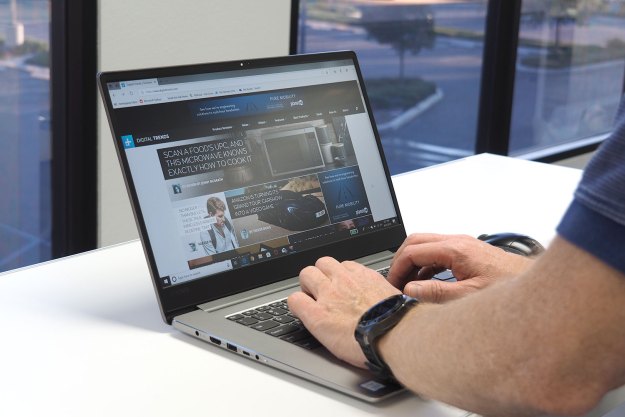Networking giant Cisco has released its fifth annual Visual Networking Index Forecast, and predicts that by the year 2015 there will be more than 15 billion devices connected to the global Internet—that’s more than double the planet’s human population. What’s more, Cisco also forecasts that the total amount of Internet traffic carried by the Internet in a year will quadruple by 2015, totaling up to 966 exabytes.
A single exabyte is a thousand petabytes—or, in terms familiar to today’s technology users, a million terabytes or a billion gigabytes. What comes after an exabyte? A zettabyte.

“The explosive growth in Internet data traffic, especially video, creates an opportunity in the years ahead for optimizing and monetizing visual, virtual, and mobile Internet experiences,” said Cisco’s VP of worldwide service provider marketing Suraj Shetty, in a statement. “As architect of the next-generation Internet, Cisco stands ready to help our customers not only accommodate this rapid expansion of Internet activity through the evolution of their networks but also help them thrive as a result of it.”
Other interesting elements of Cisco’s forecast for 2015: the Asia Pacific region will surpass North America as the generator of the most IP traffic, and the fastest-growing IP traffic regions will be the Middle East and Africa.
Cisco sees consumer video as a primary driver behind the enormous expansion of bandwidth consumption, with the company estimating that some 1.5 billion Internet users globally will be members of the “global online video community” by 2015. (This is a curious forecast for a company that just shut down its consumer video operations.) At the same time, the company is forecasting a 14-fold increase in “advanced” video traffic—including high-definition and 3D video—by 2015, and believes mobile broadband Internet data traffic will increase 26 times from 2010 to 2105 to an annual total of 75 exabytes.
Interestingly, despite the explosive growth in mobile and tablet devices and things like net-connected televisions, Cisco still sees PCs as accounting for the lion’s share of INternet traffic in 2015: where they accounted for 97 percent of consumer traffic in 2010, Cisco believes they will account for 87 percent of consumer Internet traffic in 2015.


